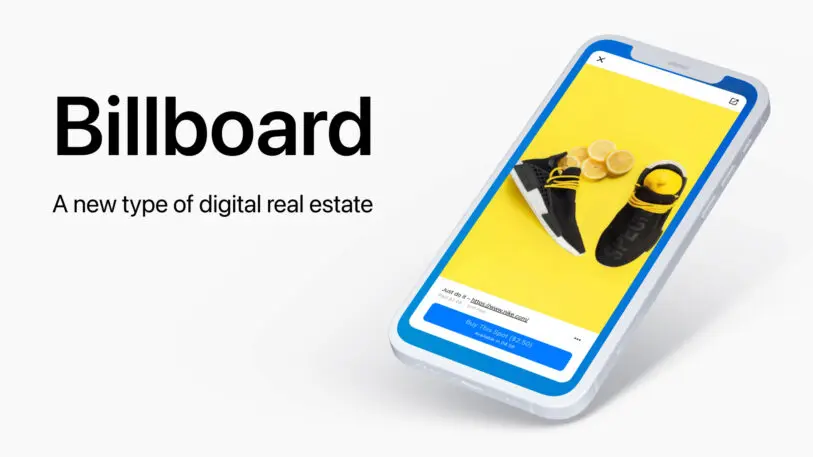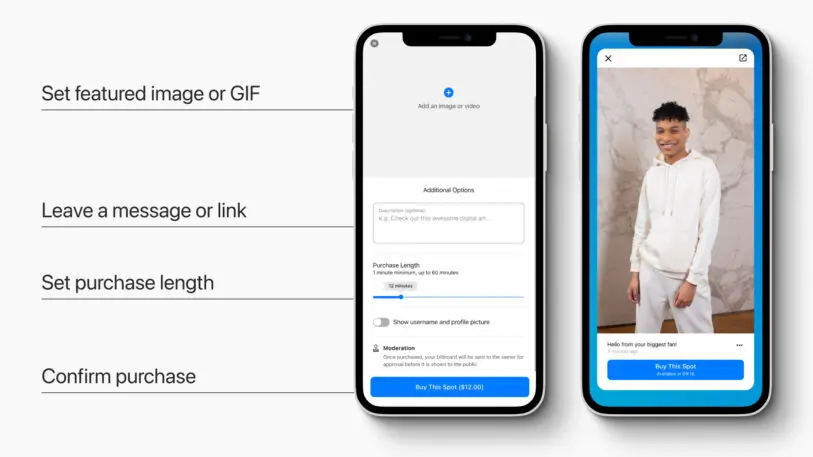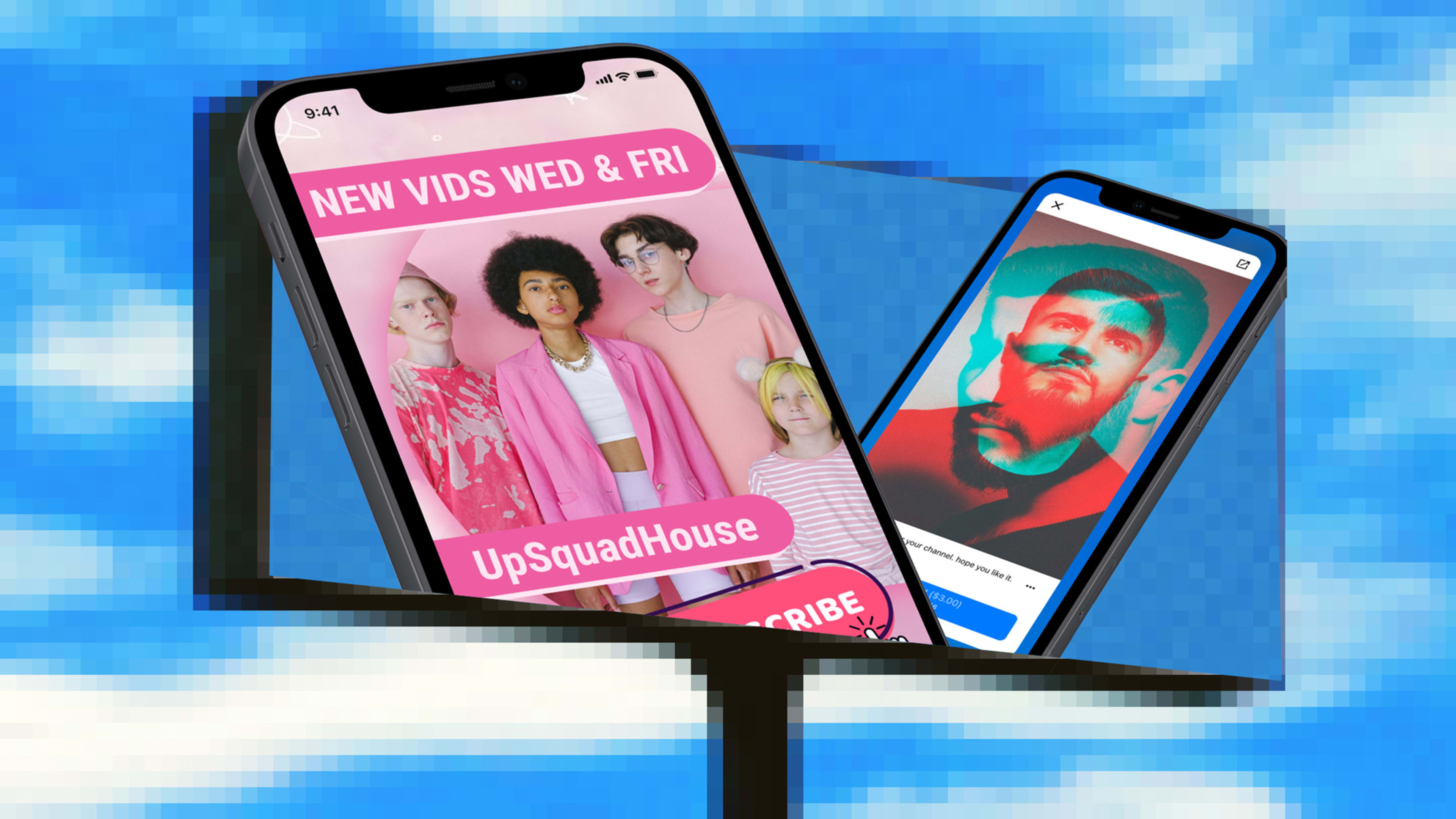Just when you thought the creator economy had commodified every facet of social media content, you can now rent “billboard” space on your link-in-bio page.
Billboards is a new feature from app-development platform Koji that allows users to buy space on a creator’s link-in-bio page to display or advertise their own content. The creator renting the space can set their price as well as approve or deny the submission.
“Using Billboards as an ad space for brands is perfectly fine, and indeed people are doing that,” says Dmitry Shapiro, Koji’s CEO. “But I think the much bigger and more interesting use of Billboards is this opportunity that creators now are giving to fans to engage with them.”
Li Jin, founder and managing partner at VC firm Atelier Ventures and a prominent voice in articulating the new dynamism in the creator economy, was the first to try Billboards last month and made $100 when someone bought space on her link-in-bio page to promote COVID-19 vaccinations.
I endorse this message! pic.twitter.com/AlXEqQCqSe
— Li Jin (@ljin18) April 26, 2021
Each time a supporter buys a space on a creator’s Billboard, the price goes up. For example, Jin’s Billboards space is currently worth nearly $400.
Billboards may seem like a small revenue source for creators, but it’s part of a larger play that Koji is staging within the creator economy.
Since the rise of the current boom of interest in indie creators and services catering to them, link-in-bio tools have become an increasingly vital component to a creator’s profile, where they can pool their disparate ventures into one link. Linktree has become one of the leading players, with more than 12 million users and investors pumping $45 million into a Series B funding in March.
That kind of momentum in the space led Shapiro to pivot his company toward becoming a one-stop resource for all things link-in-bio.
Koji, which launched last year, initially focused on allowing users to remix digital content, i.e., personalizing templates for selfies, memes, and web games created by independent and in-house developers.
“There were all kinds of these primordial, simple experiments,” Shapiro says. “And then people started creating things that fit into this creator economy bucket.”

Koji has its own link-in-bio feature that’s free of charge, compared to some competitors that charge a monthly fee. Koji takes a cut from the apps that are used. With Billboards, for example, Koji and the developer split 15%, with the rest going to the creator.
To Shapiro, Koji is primed to lead the charge into what he sees as creator economy 2.0: bundling and facilitating paid content directly in a link-in-bio page.
“As we look at kind of all the innovation that’s happening, you also see a lot of fragmentation,” Shapiro says.
He argues that while platforms such as OnlyFans, Patreon, Cameo, and so forth have clearly proven their worth in the creator economy, it puts a burden on the creator and their fans to fulfill content requests and payments across so many sites.

Creators using Koji’s link-in-bio feature can add the link to any of their social profiles. Once fans click the link, they can access a myriad of paid content options directly from that page, as opposed to linking out to Cameo or OnlyFans.
While users can still make personalized web games and memes through Koji, Shapiro’s primary focus is to elevate the link-in-bio experience to help make the creator economy more efficient.
“There’s over 50 [link-in-bio] companies, and that’s great. But we’re certainly the only company that’s got the rest of the solution,” Shapiro says. “We’re batting a thousand when we approach [creators] that use these other services and say, here’s our offering, free of charge, that’s more powerful, customizable, more extensible. There’s no reason not to switch.”
Recognize your brand’s excellence by applying to this year’s Brands That Matter Awards before the early-rate deadline, May 3.
